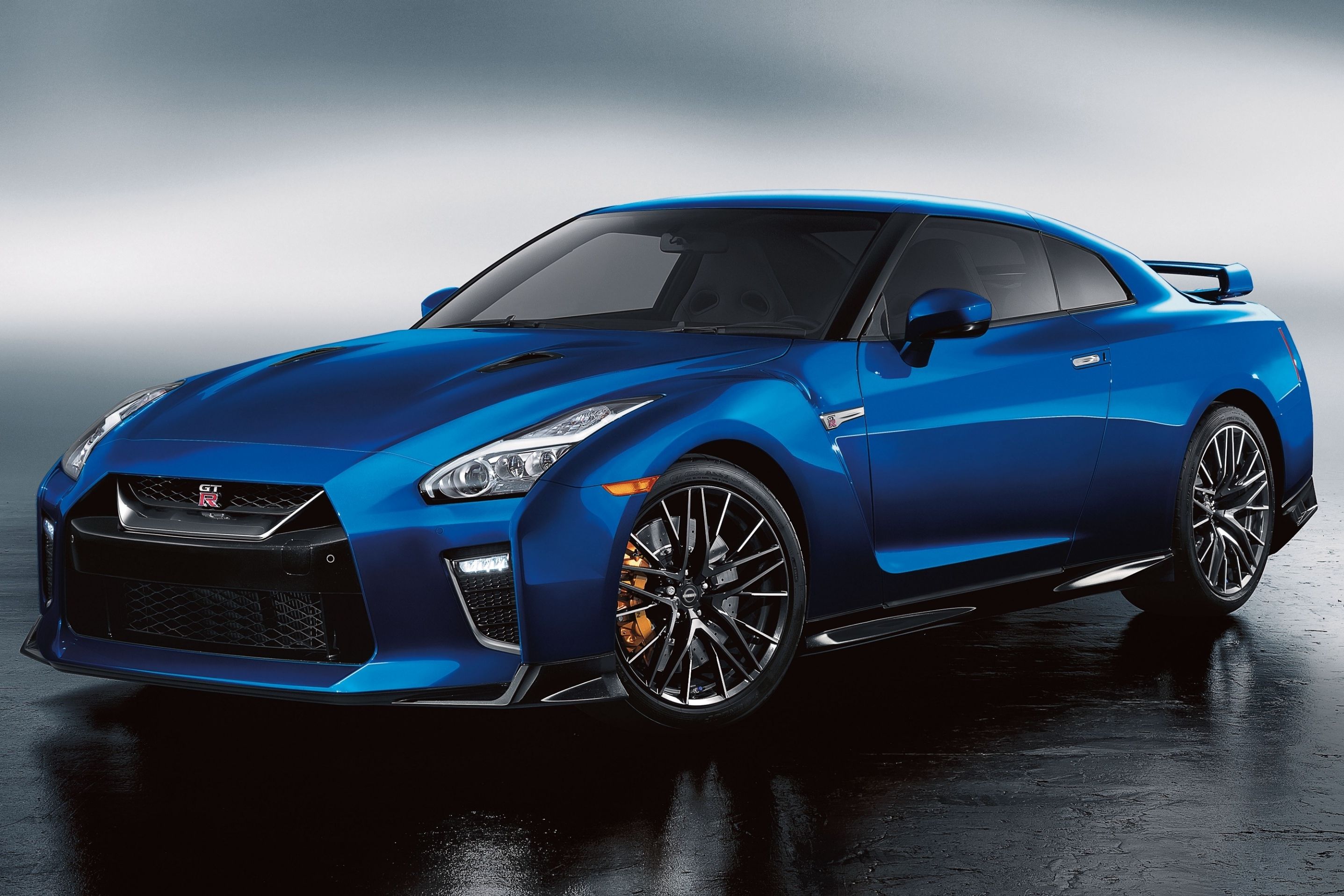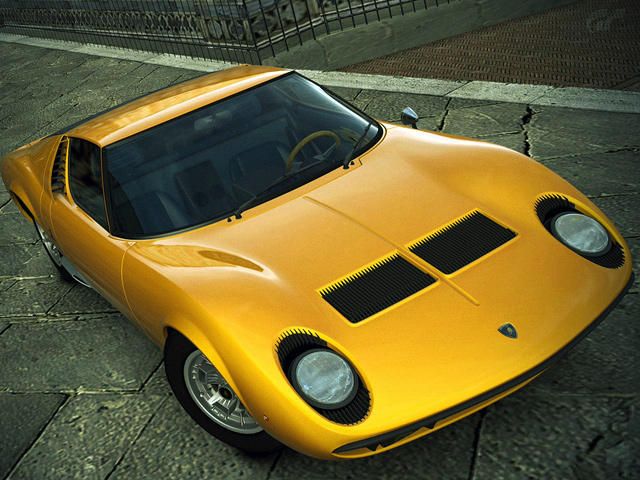
Italy has always produced some of the most impressive cars in the world. Fast, elegant and exclusive, these cars have always been special, but it was the introduction of the Lamborghini Miura that made them truly exotic. As amazing a car as the Ferrari 250 GTO was, it pretty much followed the design and engineering norms of the day. When the Miura came along a few years later, it established the rules for what an exotic has to be.
Long, low and wide, the Miura's shape was like nothing else on the road when it debuted at Geneva in 1966. But the Miura was interesting for more than just its looks, it had performance to match, and for the first few years of its existence, it was the world's fastest production car. It was designed by three of Lamborghini's engineers in their spare time, and even though the design of the curvaceous body was handled by Bertone, it's still amazing to think that such a legendary car came from such humble beginnings. The Miura was the first Lamborghini to wear their newly-designed company shield featuring a bull, supposedly chosen because Ferruccio Lamborghini was a Taurus.
The name also reflects another new company practice, naming the cars after fighting bulls. Unlike later cars, the Miura was named for a breed of fighting bulls, rather than an individual bull. Of note is the fact that several legendary bulls which have lent their names to Lamborghinis, such as Murcielago, Reventon and Islero, have all been Miura bulls. They are named for Don Eduardo Miura, and have a reputation for being ferocious and highly dangerous. The Miura was powered by a 3.9-liter V12 and one of the first major challenges involved in making its transition from concept to production was to make the engine fit into the small space left amidships in the Bertone body.
So the Miura's designers took some inspiration from an unlikely source and adopted the practice first used in the Mini of casting the engine, transmission and differential as one piece, and using a common lubrication system. Since the Miura, getting a huge engine into a small car has been one of the most important elements in designing a supercar. Interestingly, the reason why the Miura was worked on in the engineers' off time was that Ferruccio had initially been opposed to the idea of so directly competing with Ferrari.
Lamborghini was still new to the world of car making, and the idea of making bigger, more comfortable GT cars seemed to him like a safer bet. But on seeing the designs, Ferruccio relented, figuring that, at the very least, the exoticism of the car could provide a boost to his brand. The Miura had more in common with the race cars of the era than most road-going machines. It is said that the Ford GT40 served as an inspiration for the Miura. The GT40 had been first introduced in 1964 and its first victory at Le Mans came in 1966, the same year the Miura was unveiled.
1966 was not a good year for Ferrari. The Miura does share the GT40's mid-engine layout, although there were any number of other mid-engine racecars at the time, and it could just be that the Miura came to be associated with the GT40 simply because they were both so good at beating Ferrari at their own game. Production lasted until 1972, and just 764 copies of the Miura were built, after which the Miura was replaced by the "flying wedge" that was the Countach in 1974, itself quite an iconic car as well. The price was approximately $20,000, at a time when a new Ford Falcon would set you back about $2,000.
Ferrari's answer to the Miura was the 365 GTB/4 Daytona, which was the first (but certainly not the last) of the prancing horses to hold the fastest production car title. The Daytona was a front-engine design, but it would be replaced by Berlinetta Boxer in 1973, and starting in 1974, you had the option of a mid-engine twelve-cylinder supercar from either manufacturer. By its final few years, the 3.9-liter V12 was tuned to produce 385 horsepower, a huge figure for an engine of that size in the early 70's. This engine started life in the 350GT as a 3.5-liter unit, but was grown to 3.9-liter for the 400GT before it was transversely fit into the Miura.
The engine wasn't actually replaced by Lamborghini until 2010, as all V12-equipped models Lamborghini built up through the Murcielago used evolved versions of this engine. Few automotive engines in history have enjoyed such long lives, and it is a testament to the original design (penned by the legendary Giotto Bizzarrini) that Lamborghini saw no need to replace it for so many decades. The Miura was supercar genesis, and the fact that just three men working in their off time managed to so completely alter the course of automotive thinking is simply astonishing.

